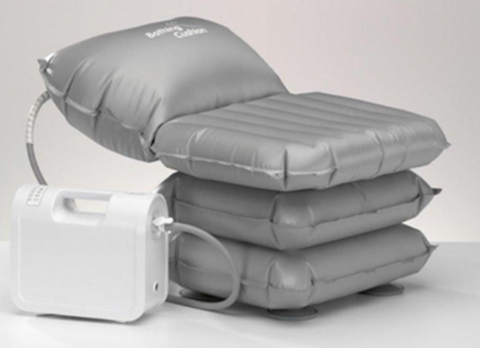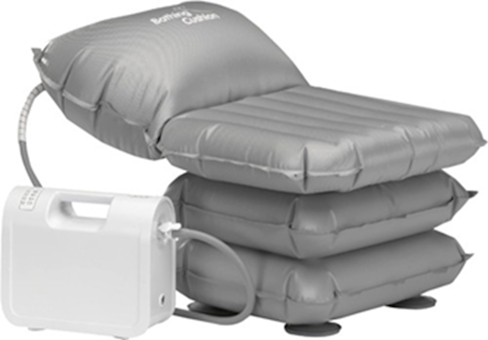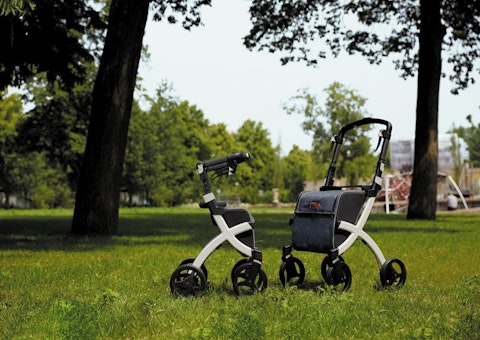Living independently in a wheelchair is not just about making physical adjustments; it's also about cultivating a mind-set of empowerment and resourcefulness. While challenges may arise, with the right strategies and support, it's entirely possible to lead a fulfilling and autonomous life. In this guide, we'll explore practical tips, accessibility considerations, and psychological insights to help individuals navigate the journey of living independently in a wheelchair.
Accessibility at Home:
- Retrofitting: Modify your home to be wheelchair-friendly by installing ramps, widening doorways, and lowering countertops.
- Organisation: Arrange commonly used items within reach, utilising accessible storage solutions like lower cabinets and shelves.
- Bathroom Modifications: Install grab bars, non-slip flooring, and a roll-in shower to ensure safety and convenience.
- Smart Home Technology: Explore the integration of smart devices for controlling lights, thermostats, and appliances, enhancing accessibility and convenience.
Transportation:
- Accessible Vehicles: Invest in or modify vehicles with wheelchair ramps or lifts for independent mobility.
- Public Transportation: Research accessible routes, bus schedules, and paratransit services available in your area.
- Ride-Sharing Services: Utilise accessible options offered by ride-sharing companies for on-demand transportation.
Adaptive Equipment:
- Wheelchair Selection: Choose a wheelchair model that suits your lifestyle, considering factors like mobility needs, terrain, and comfort.
- Assistive Devices: Explore a range of assistive devices, such as reachers, adaptive utensils, and dressing aids, to facilitate daily activities.
- Wheelchair Accessories: Customise your wheelchair with accessories like cup holders, pouches, and trays for added convenience.
Physical Health and Wellness:
- Exercise and Rehabilitation: Engage in regular physical activity tailored to your abilities, focusing on strength, flexibility, and cardiovascular health.
- Proper Posture and Positioning: Maintain optimal posture while seated to prevent discomfort, pressure ulcers, and musculoskeletal issues.
- Nutrition and Hydration: Prioritise a balanced diet and adequate hydration to support overall health and well-being.
Emotional and Social Support:
- Peer Networks: Connect with others who share similar experiences through support groups, online forums, or local community organisations.
- Counselling and Therapy: Seek professional support to address emotional challenges, develop coping strategies, and maintain mental well-being.
- Assertiveness and Advocacy: Advocate for your needs and rights, assertively communicating with healthcare providers, employers, and policymakers.
Financial Planning:
- Insurance Coverage: Understand your insurance coverage for medical equipment, home modifications, and healthcare services.
- Budgeting: Develop a budget that accounts for disability-related expenses, including adaptive equipment, transportation, and personal care assistance.
- Income Sources: Explore options for supplemental income through disability benefits, vocational rehabilitation programmes, or remote employment opportunities.
Living independently in a wheelchair requires a combination of practical adaptations, emotional resilience, and proactive planning. By embracing accessibility, leveraging adaptive technology, prioritising physical and emotional well-being, and seeking appropriate support, individuals can cultivate a sense of autonomy and empowerment in their daily lives. Remember, independence is not the absence of challenges but the ability to overcome them with confidence and determination.


